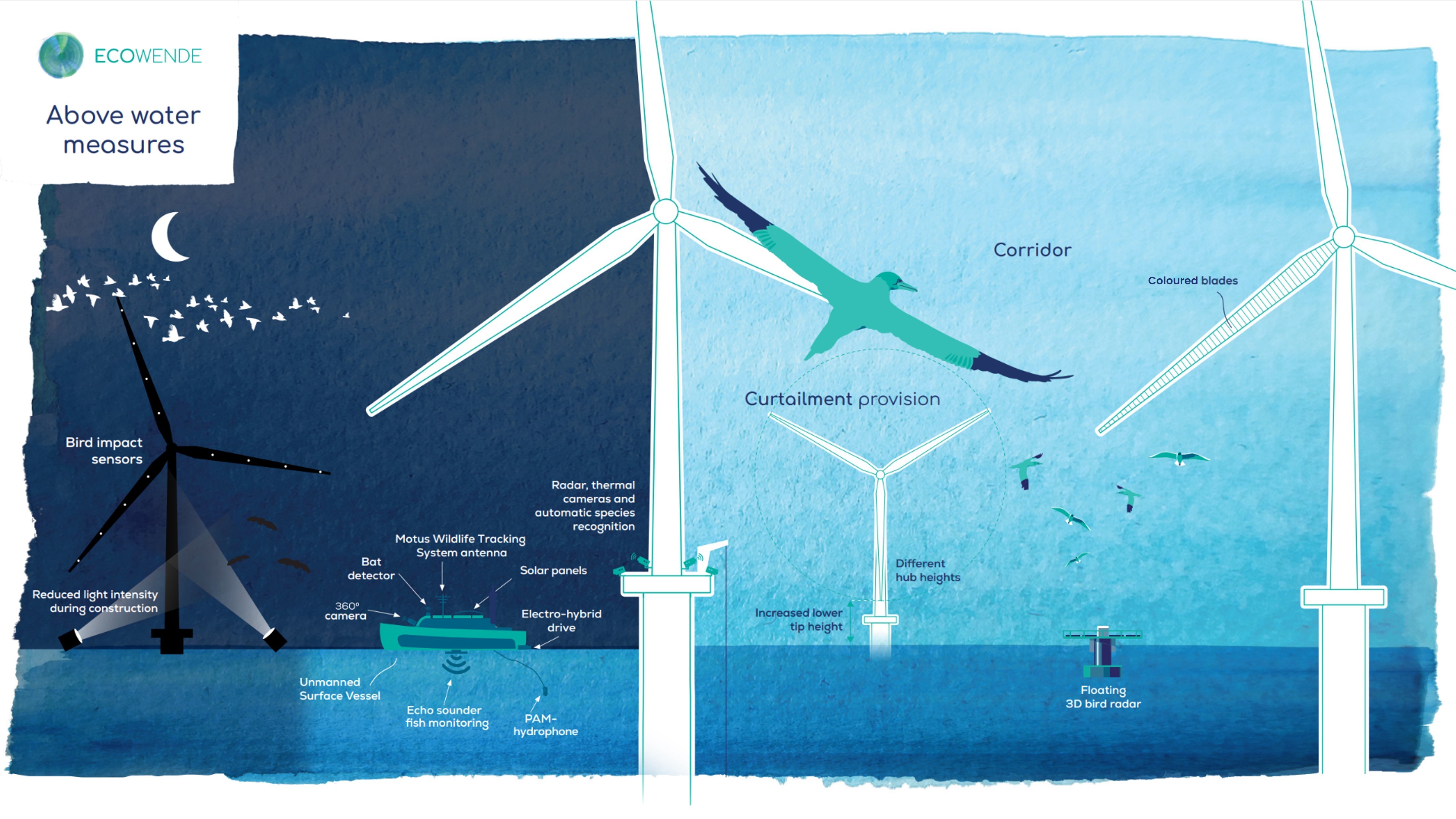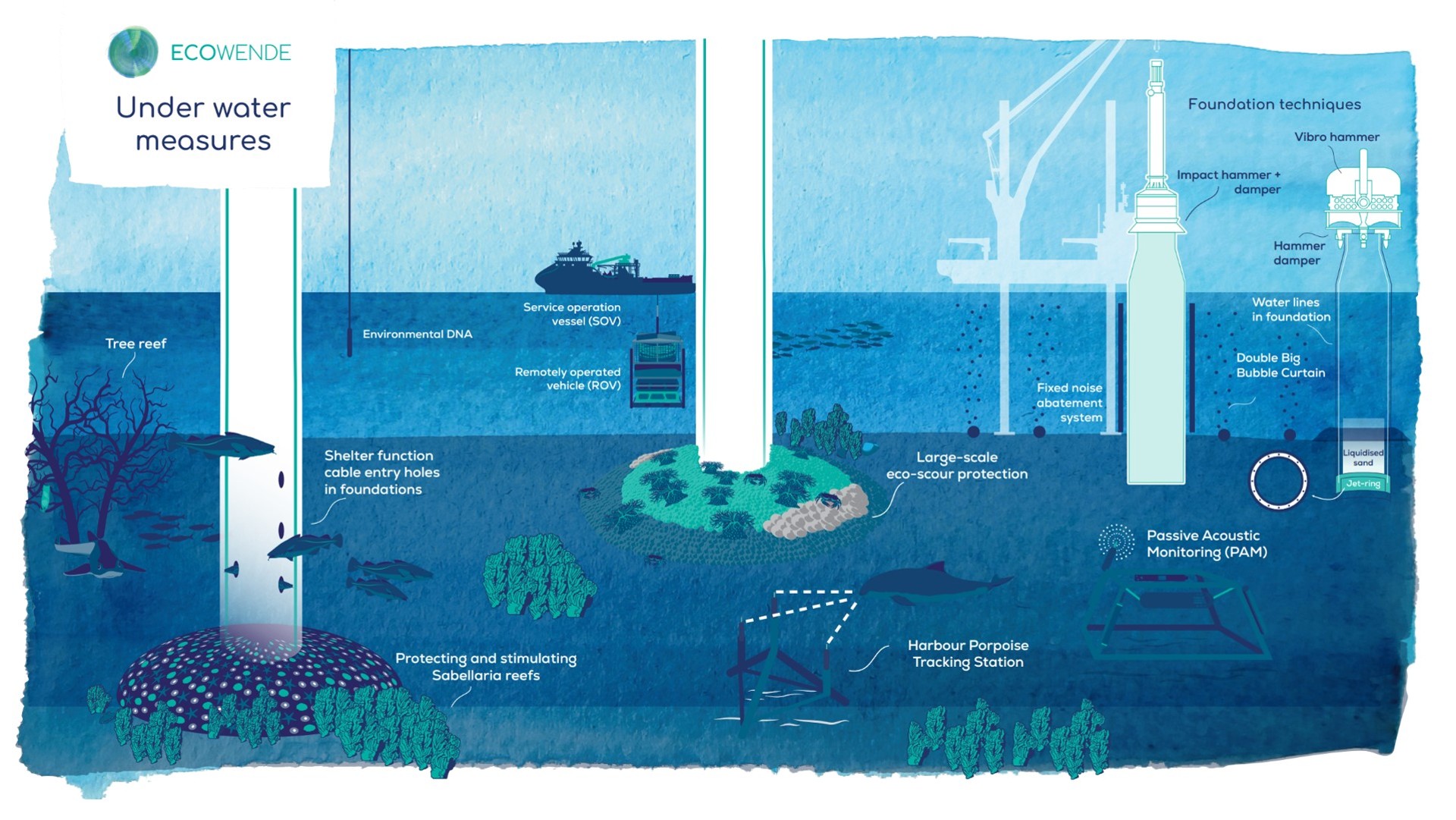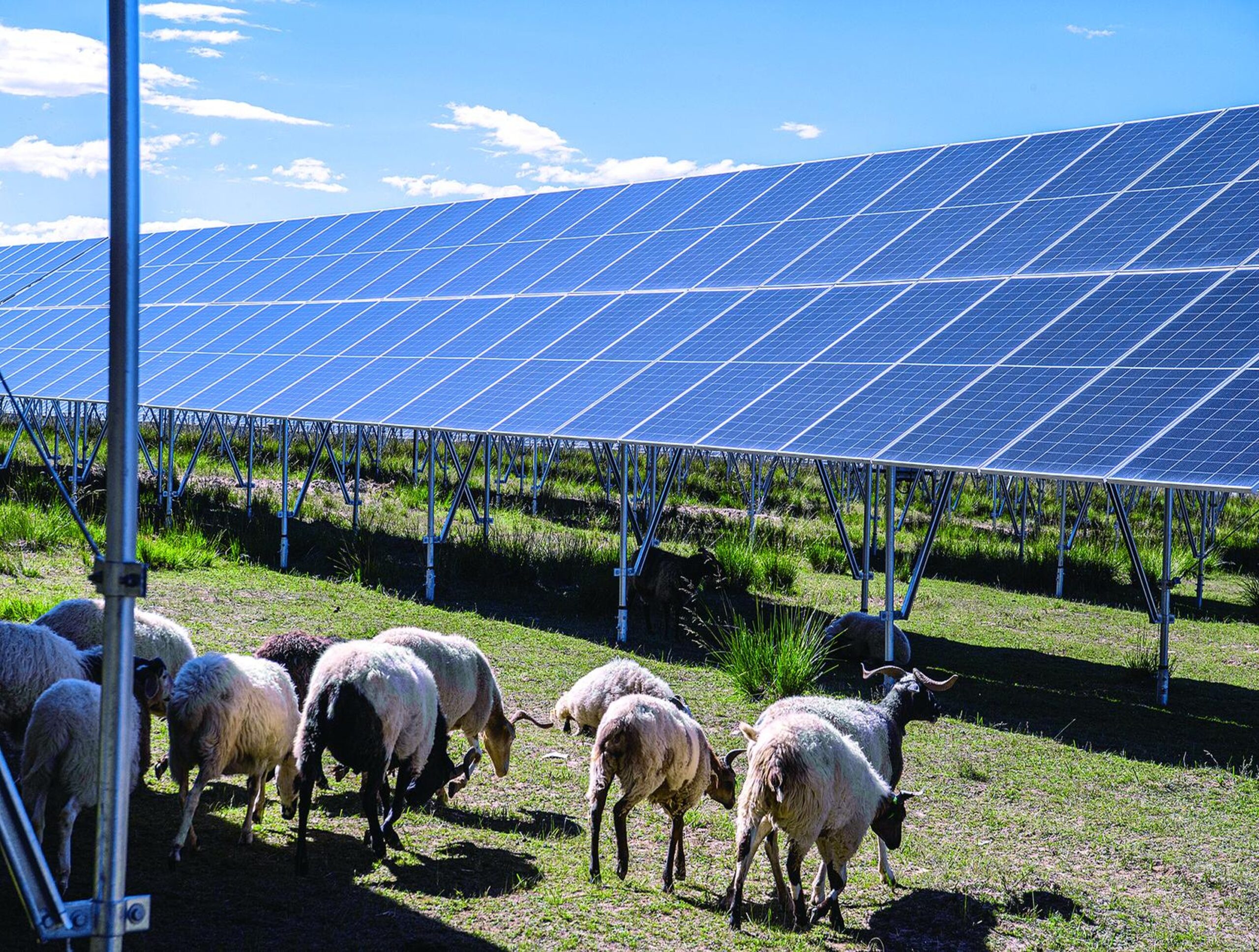Speakers from financial institutions, NGOs, government, and industry highlighted how biodiversity protection, community engagement, and energy development can be mutually reinforcing when built into project design and policy frameworks.
Examples ranged from solar projects in France that integrate wetland restoration, eco-grazing, and citizen investment, to marine wind farms in the North Sea linked to long-term marine conservation funding. In Uzbekistan, solar developers are protecting tortoise habitats and partnering with local herders to manage grazing. In Qinghai Province, China, large-scale PV parks are reversing desertification while supporting ecological animal husbandry.
Industry actors like TotalEnergies are scaling agro-photovoltaic models that combine renewable energy generation with sustainable farming. Policymakers and financial institutions, including the European Bank for Reconstruction and Development (EBRD) and the International Renewable Energy Agency (IRENA), underscored the role of strong policy frameworks, financing incentives, and capacity building to scale these approaches globally.
Ecowende is developing the Netherlands’ most ecological offshore wind farm to date—powering 3% of national demand while enhancing North Sea biodiversity—through an innovative, research-driven and collaborative approach supported by IUCN’s Biodiversity Advisory Team, which provides independent review and recommendations on biodiversity goals and targets.


From regulatory tools to community partnerships, the session highlighted that the energy transition can—and must—deliver measurable gains for biodiversity and people.
The session was moderated by Qiulin Liu from IUCN and speakers included Adonai Herrera-Martínez from EBRD, Aonghais Cook from The Biodiversity Consultancy, Dr. Ma Hao from the Qinghai Provincial Development and Reform Commission, Jinlei Feng from IRENA, Karen Westley from Ipieca, Libby Sandbrook from Fauna & Flora, Sophie Depraz from Ipieca, Steven Dickinson from TotalEnergies, Yu Miao from SPIC Huanghe Hydropower Development Co., Ltd., and Zhang Jiali from the China Renewable Energy Engineering Institute (CREEI).
